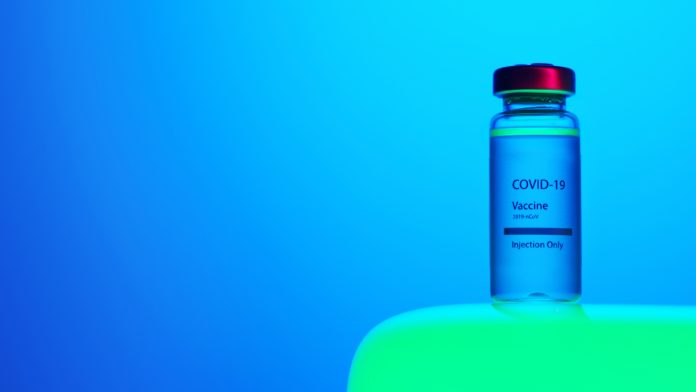Even as Covid-19 infections and deaths decrease globally, the World Health Organization warns that “the pandemic is not over.” The Biden Administration seems to feel the same. Earlier this month, the federal government extended the Covid-19 public health emergency again.
Why the concern? As WHO Director Tedros Ghebreyesus stated, “A new and even more dangerous variant can emerge any time and vast numbers of people remain unprotected.” Covid’s BA.4 and BA.5 sub-variants could be an example.
According to the Centers for Disease Control, BA. 5 currently composes 80 percent of new Covid-19 cases in the US. Although most research on these variants is preliminary, both the WHO and CDC consider BA. 5 a “variant of concern.” A fearful CNN article labeled BA. 5 the “worst variant.”
Whether these concerns are justified or not, Covid-19’s future variants pose a risk to public health as long as the disease is with us. As more variants emerge, they will likely become more infectious and able to evade past immunity developed from previous infections, vaccinations, or boosters. Although challenging, this means our best hope to minimize the harm of future outbreaks is to develop new treatments to tackle current variants.
Fortunately, a newly authorized Covid-19 vaccine provides hope.
Recently granted an emergency use authorization from the Food and Drug Administration, the Novavax Covid-19 vaccine effectively protects against severe Covid-19 infection. Unlike other available Covid-19 vaccines in the US, Novavax is protein-based (instead of mRNA developed). It can also be stored at higher temperatures, making it easier to transport to rural communities.
Most importantly, Novavax seems to provide better protection against BA. 5. As a BioRxiv article finds, two or three injections of the Novavax vaccine triggered strong immune responses to the omicron variant and all its subvariants. While receiving two or three injections of almost anything is unappealing, this is a considerable improvement from receiving nearly double the number of injections from mRNA-based boosters, which provide less protection.
While a welcomed addition to Covid-19 vaccines in the US, Novavax is hardly new. Other countries started using it in November 2021. By January 2022, Novavax was available in 170 countries. So why did it take so long for the US to authorize the Novavax vaccine?
Ironically, the answer boils down to a government partnership to quickly give us Covid-19 vaccines.
On May 15th, 2020, President Trump launched Operation Warp Speed. The project partnered private vaccine developers with federal agencies to bring a Covid-19 vaccine to the public in record time. Providing an expedited approval process, laboratories, and a “blank check” of funding seemed to work. By late October 2020, the Food and Drug Administration authorized the first Covid-19 vaccine for patient use. Two more Covid-19 vaccine authorizations followed in the next few months.
But the program’s quick approval of the first set of Covid-19 vaccines came at the expense of current developments. Because mRNA technologies provided the chance for quicker (but less likely to succeed) vaccine development, Operation Warp Speed only selected vaccines using this technology to receive the program’s benefits. Vaccines using older but more reliable technologies were not selected. Consequently, they could not utilize an expedited authorization process to reach patients. Sadly, Novavax’s vaccine is an example.
Operation Warp Speed brought the US three Covid-19 vaccines (although I have argued before it may not have been necessary). But it was still a government program designed to pick winners and losers for a vital medical good.
In the case of Novavax, our government picked wrong—and it has been a costly mistake.
